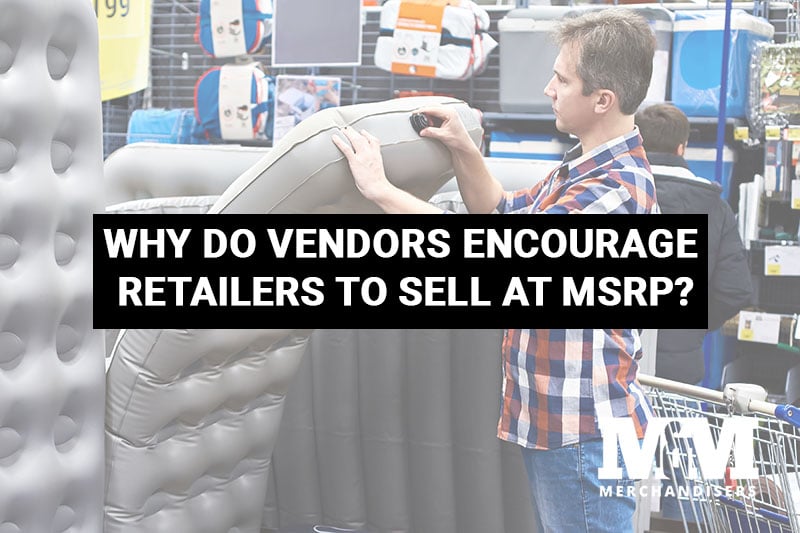Why Do Vendors Encourage Retailers to Sell at MSRP?

Making sales is how you keep your store open. Some retailers resort to listing products below the manufacturer’s suggested retail price, or MSRP, to drive sales. However aside from losing profits, there are some additional risks to this strategy. By learning what selling below MSRP can cost, you can determine if this is an appropriate strategy for your store.
Trying to lower prices in your store to become more competitive?
Become a Dealer with M&M Merchandisers today and start buying wholesale!
Why Do Vendors Encourage Retailers to Sell at MSRP?
As a retailer, you want merchandise to leave your shelves as fast as possible. While sales and selling at a discount are popular and effective ways to do this, there are some drawbacks to selling merchandise below MSRP. You could take losses that are much larger than your smaller profit margin suggests.
Why would vendors encourage retailers to sell at MSRP? Here are some reasons.
Avoiding Brand Erosion
When retailers sell products below MSRP, consumers will become accustomed to paying lower prices on products from that particular vendor. In the eyes of consumers, lower-priced products cheapen the image and reputation of the brand. Consumers will expect not to pay what the product’s real value is. When the costs of production are taken into account, vendors with brand erosion will lose money over time.
Maintaining Product and Brand Novelty
Some companies can weather brand erosion better than others can. For vendors that have a long history of producing expensive, high-quality products, the selling of their products below MSRP can threaten their brand identity. Customers who associate a luxury brand with discounted products will be confused and can become even less motivated to purchase items that are no longer deemed as “special” or “luxurious.”
Fostering a Positive Relationship Between the Vendor and the Retailer
Vendors set MSRPs for a reason on their products. They know how much it costs to make the products and have a good idea of their product’s value. The retailer, on the other hand, likely doesn’t. To a merchandiser, the products are things to be sold as fast as possible at the best competitive price.
When a retailer sells a vendor’s products below MSRP, the vendor’s brand and profits are threatened. If a retailer sells significantly below MSRP, the vendor has the legal right to pull his or her products from the retailer’s shelves and do business with another retailer. Since both the vendor and retailer need each other to both be profitable, any wrongdoing on either side can break the lucrative business relationship.
Preventing Stores From Losing Money
As mentioned before, selling a vendor’s products too far below MSRP can result in the vendor taking their business and products elsewhere. Additionally, a vendor can demand the retailer to pay them back any co-op funds. In general, to maintain a good relationship with a vendor and to stay out of possible legal action and money loss, it’s a good idea to sell products at MSRP.
Can You Sell Below MSRP?
Despite the risks involved, you can sell below MSRP. Retailers can sell the products in their stores at any price they choose. Yet, if you advertise those products, whether in print or online, there is a minimum price at which you can sell the products. This limit is called the minimum advertised price (MAP). This minimum advertised price is part of U.S. antitrust laws that protect manufacturers.
While you, as a retailer, have the complete authority to sell the products on your shelves below the MSRP, you run the risk of severing crucial relationships with your vendors. Selling below the MAP adds the risk of legal action from vendors which can have devastating consequences for your business.
How about your business? Do you sell at or below MSRP? If you continuously sell well below it in hopes of quickly getting rid of inventory, you risk jeopardizing your relationships with your vendors. If you’re looking for a way to save money on inventory, buying wholesale can help you cut down on costs without having to sell below the MSRP.
Posted by Lois Haycock
Lois Haycock is a 20+ year retail and eCommerce veteran specializing in project management and business analysis of customer-facing systems and software. Lois is SVP of Digital Transformation at M&M Merchandisers. She also operates several eCommerce stores as well as an executive coaching business. Lois can be reached at lois.haycock@mmwholesale.com



